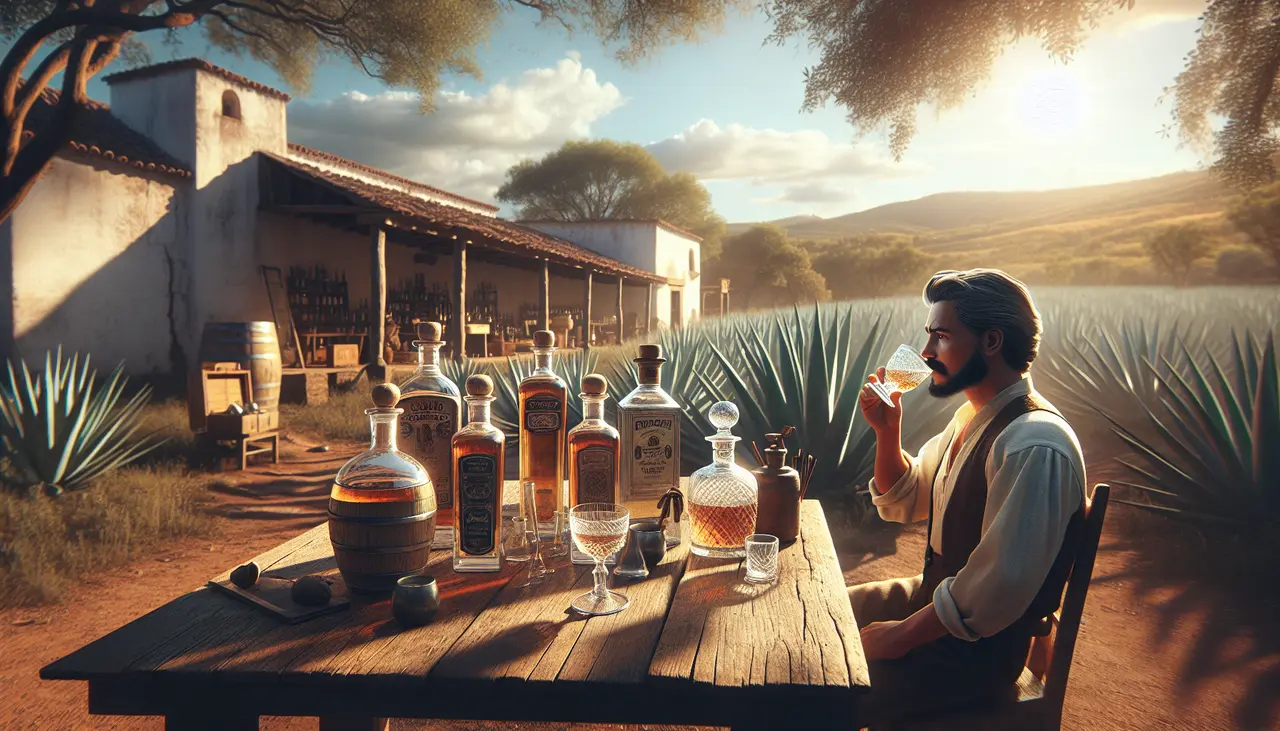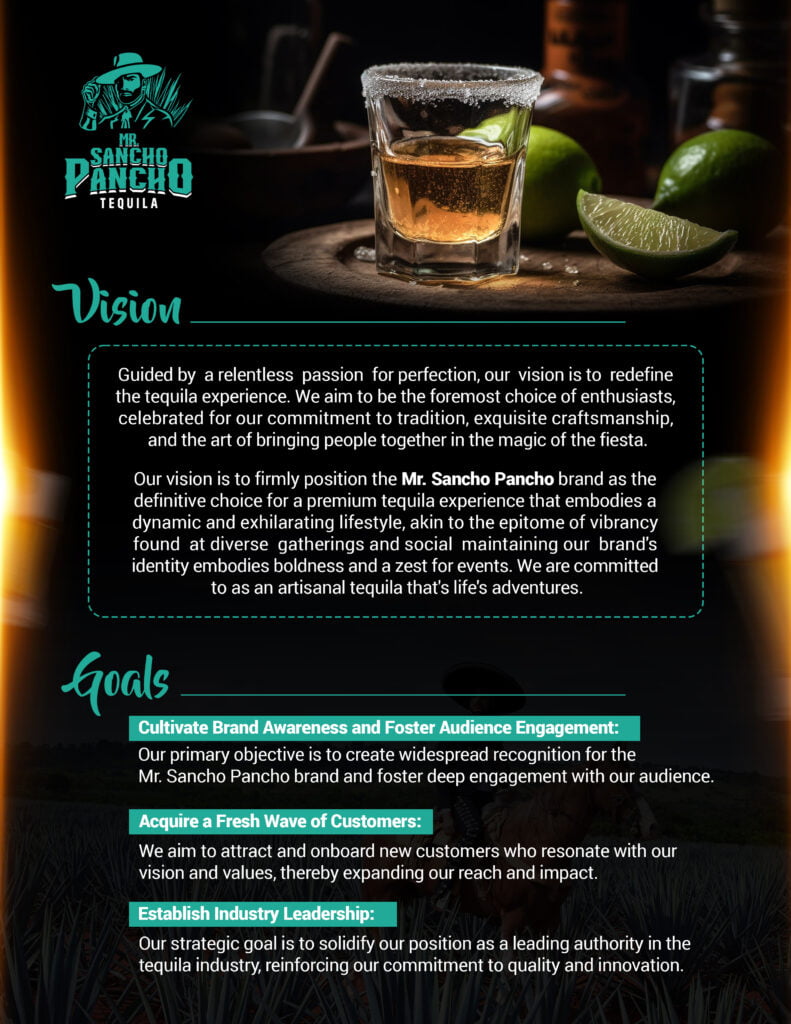Introduction to Premium Spirits: A Journey to Mexico
Mexico isn’t just famous for its breathtaking landscapes and rich history—it’s also celebrated for its premium spirits. Think tequila from Jalisco, mezcal from Oaxaca, and other traditional beverages that tell a story of culture and craftsmanship. When we talk about tasting these spirits, it’s not just about sipping something strong. It’s about experiencing a rich heritage, understanding the meticulous process behind each bottle, and appreciating the flavors that can only come from specific regions of Mexico. Each sip offers a journey through time and tradition, offering insights into the dedication of those who craft these spirits. Getting to know these beverages is like getting to know Mexico itself—diverse, complex, and full of character. Whether you’re new to the world of premium spirits or looking to deepen your appreciation, join us as we dive into the heart of Mexico and explore the art of tasting.
The Rich History of Mexican Premium Spirits
Mexico’s premium spirits are steeped in centuries of tradition, each with a story that’s as rich as their flavors. Let’s dive into the heart of Mexican culture and explore these spirited tales. First up, tequila, Mexico’s most famous export. It’s not just a drink; it’s a heritage, born in the regions of Jalisco. Made from the blue agave plant, tequila’s history dates back to the 16th century when Spanish conquistadors distilled agave to create one of the first indigenous Mexican spirits. Then, there’s mezcal, the smokier cousin of tequila, hailing from Oaxaca and other areas. While often overshadowed by its more popular relative, mezcal’s roots are deep, with a tradition that extends even further back, involving centuries-old methods of production that deliver its distinctive flavor. Lastly, we can’t forget about sotol, a lesser-known spirit with a unique taste, native to the northern regions of Mexico. Sotol is made from Desert Spoon plants and boasts a history of indigenous use that predates European arrival. Each spirit tells a story of Mexico’s land, its people, and their traditions, weaving a tapestry of cultural heritage through every sip. Who knew that behind every glass of these premium spirits, there’s a journey through time and tradition? Now, every time you enjoy a sip, you’re not just tasting the spirit; you’re experiencing a piece of Mexican history.
Understanding the Different Types of Premium Spirits
When stepping into the world of premium spirits, it’s essential to know there are several types, each with its own unique characteristics and flavors. First up, we have tequila, a true Mexican spirit made from the blue agave plant. Tequila comes in various types including Blanco, Reposado, and Añejo, each differing in flavor due to the aging process. Next, there’s mezcal, often confused with tequila but distinguished by its smoky flavor, a result of the underground cooking process of the agave plant.
Another fan favorite is rum, a spirit made from sugarcane byproducts, like molasses, known for its sweetness and tropical vibes. Moving on, whiskey – including varieties such as Scotch, Bourbon, and Irish – is distilled from fermented grain mash and ages in wooden casks, gaining complex flavors over time.
Lastly, vodka, a versatile spirit typically distilled from fermented grains or potatoes, is known for its purity and lack of a distinct smell or taste, making it a perfect base for cocktails.
Understanding these differences not only enriches your tasting experience but also equips you with the knowledge to appreciate the craftsmanship behind each bottle. So next time you’re sipping on your chosen spirit, remember the journey from the field to your glass.
The Essentials of Spirit Tasting: Look, Smell, Taste
Tasting premium spirits is an art that takes time to master, but starting with the basics can elevate your experience from the get-go. It all boils down to three key steps: Look, Smell, and Taste. First, look at the spirit in the glass. Notice its color, clarity, and viscosity. These can give you hints about its age and the type of cask used during aging. A richer color often means a longer aging process. Next, smell the spirit. Do this in two stages. First, take a gentle whiff with your mouth slightly open to get the top notes without the alcohol overpowering your senses. Then, take a deeper inhale to identify the underlying scents. This could range from floral and fruity to smoky or earthy, depending on the spirit. Finally, taste it. Take a small sip, let it linger in your mouth to coat your palate. This lets you catch all the subtle flavors and textures. Is it smooth, spicy, or perhaps sweet? The real character of the spirit unfolds during this stage. Remember, the essence of tasting is not in rushing but in observing and savoring every aspect. Cheers to unlocking the full spectrum of flavors in your next glass of premium spirit.
Preparing for a Premium Spirit Tasting Session
Before diving into a premium spirit tasting session, there’s a bit you’ll want to do to get ready. It’s not just about showing up and sipping; it’s about truly experiencing what those spirits have to offer. First off, eat a good meal. You want your stomach to have something in it to absorb the alcohol, but avoid overly spicy or flavorful foods that could mess with your taste buds. Next, dress comfy. This isn’t about impressing anyone with your fashion sense; it’s about being in a good place to relax and enjoy the spirits. Now, water – drink plenty of it. Keeping hydrated is key, not just for the hangover you’re hoping to avoid, but to cleanse your palate between tastings. Speaking of your palate, stay away from strong flavors before the session. Skip the morning coffee or anything minty after brushing your teeth. You want your taste buds sharp and not masked by other flavors. And here’s a pro tip – if you can, use a glass designed for spirit tasting. This helps focus the aromas and enhances the overall experience. Remember, it’s all about enjoying and appreciating the spirits, so take your time, sip slowly, and let each flavor tell its story.
The Role of Glassware in Tasting Premium Spirits
Choosing the right glass is crucial in tasting premium spirits, just like picking the correct tool for a job. In Mexico, where the spirit culture runs deep, they know this well. For tequila, a narrow glass is preferred. It’s not fancy—it’s about directing the spirit’s aroma straight to your nose, enhancing the flavor. Mezcal, with its complex notes, calls for a wider bowl to let those aromas mingle before you take a sip. It’s simple: the shape of the glass can either make or break your tasting experience. So next time, before you pour that aged tequila or craft mezcal, think about the glass. This isn’t about being snobby; it’s about respecting the spirit and enjoying it the way it’s meant to be.
Decoding the Flavors: What to Expect from Mexican Spirits
When you dive into the world of Mexican spirits, you’re embarking on a vibrant journey through rich flavors and traditions. These spirits are much more than just drinks; they are a deep dive into Mexico’s heart and soul. First, let’s talk about tequila and mezcal, the stars of Mexican spirits. Both are made from agave, but the similarities often stop there.
Tequila, smooth and robust, comes primarily from blue agave. You’ll catch hints of pepper, citrus, and even a sweet floral note in a good bottle. It’s not all about shots; sipping a premium tequila opens up a world of complex flavors.
Mezcal, on the other hand, is the smoky cousin. It can be made from over 30 types of agave and gets its signature taste from being roasted in pit ovens. This spirit is rich, offering layers of smokiness, sweetness, and even earthy or fruity tones.
But don’t stop there; other Mexican spirits like sotol, made from Desert Spoon plants, offer a herbaceous and slightly peppery taste, while bacanora, a hidden gem, presents a wild agave flavor that’s both woody and smoky.
Remember, tasting these spirits is about exploration. Let each sip tell its story of the land, the people, and the tradition it comes from. Whether you’re savoring a tequila, delving into the depths of a mezcal, or discovering the unique profiles of sotol and bacanora, you’re not just drinking; you’re experiencing the essence of Mexico. Cheers to your sensory journey!
Pairing Food with Premium Spirits: Enhancing the Experience
When you pair food with premium spirits, it’s not just about taste. It’s about enhancing the whole experience, bringing out the best in both the drink and the dish. In Mexico, where tequila and mezcal reign, knowing how to match these spirits with the right food can elevate your tasting journey to a whole new level. Picture this: a smooth, aged tequila alongside a plate of fresh ceviche. The citrus flavors in the dish brighten the tequila’s complex notes, creating a harmony on your palate. Or consider mezcal, with its smoky depth, paired with a rich, chocolatey mole. The bold flavors challenge each other, enhancing the richness of the meal. It’s not just about matching flavors, though. Think about the experience. A sip of premium spirit can cleanse the palate before the next bite, making each mouthful as memorable as the first. To start, follow these simple tips: First, consider the spirit’s main characteristics. Is it smoky, sweet, or earthy? Then, pick a dish that either complements these notes or offers an enjoyable contrast. Remember, the goal is to enhance, not overwhelm. So, experimenting is key, and with each pairing, you’ll learn more about the art of tasting premium spirits. It’s a journey worth exploring, especially with the rich culinary heritage of Mexico as your guide.
Tips for Buying and Storing Premium Spirits
When buying premium spirits, aim for quality over quantity. Look for bottles with clear age statements and origins. Aged spirits from reputable distilleries in Mexico, for example, often promise a rich flavor profile and authenticity. Pay attention to awards or recognitions the spirit has received; these can be indicators of excellence.
Once you’ve made a purchase, proper storage is key to preserving the spirit’s character. Keep bottles in a cool, dark place away from direct sunlight, as excessive light and fluctuation in temperature can degrade the quality. Always store spirits upright. While wine benefits from being stored on its side to keep the cork moist, spirits are high in alcohol, which can deteriorate the cork over time if the bottle is stored horizontally.
Remember, enjoying premium spirits is as much about the experience as it is about the taste. Taking care to buy and store them properly will ensure the best sipping experience.
Conclusion: Embracing the Culture of Premium Spirit Tasting
Tasting premium spirits is more than just a sip; it’s a journey into the heart of the culture it comes from. Through this adventure, you’ve learned the ins and outs of truly appreciating what goes into every bottle. Remember, it’s about the quality, not the quantity. Savor each taste, note the flavors, and let them tell their story. And when you do, you’re doing more than just tasting; you’re paying homage to the traditions and hard work of the artisans. So, the next time you pour yourself that exquisite glass of spirit, remember to slow down, appreciate the craftsmanship, and let each drop connect you deeper with the culture it originated from. Cheers to your enhanced tasting journey!















